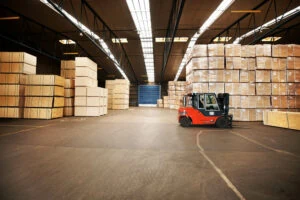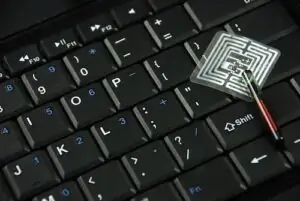Technological innovations have attracted people's attention since the mid-18th century. Since then, they have been able to use natural resources on a larger scale. The increased use of raw materials, the increase in production and the growth in the world's population have led to CO₂ emissions and resource scarcity.
However, the relationship between technology and the environment has changed as the factors driving sustainability and digital innovation are no longer connected. This environmental and technological shift has been driven by a wide range of immersive technologies such as robotics, artificial intelligence (AI) and, above all, the Internet of things (IoT). All of these technologies have the potential to transform commercial and industrial processes and make them more environmentally friendly.
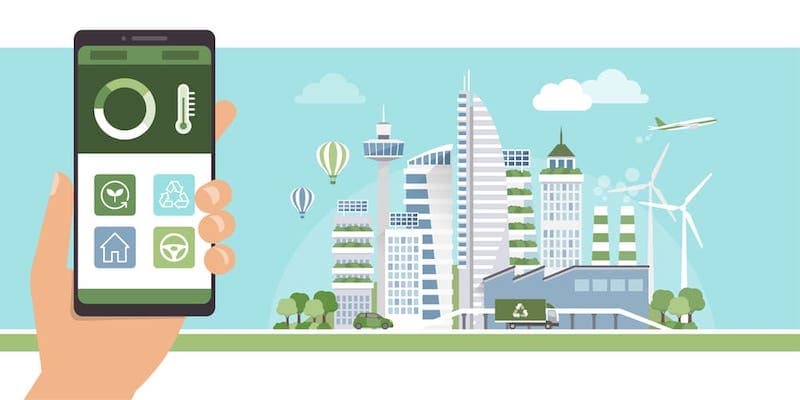
Advances in wireless connectivity and IoT sensor technologies have mutually reinforced sustainability and digital innovation. Companies are using IoT technologies to introduce environmentally friendly practices, organize processes and use resources responsibly.
How can IoT contribute to sustainability?
The most important IoT applications that have a positive impact on the environment and help to make our planet greener are presented below. IoT and sustainability are no longer issues of the day after tomorrow - we are in the midst of development.
Intelligent energy management
Customers today place more value on sustainable technologies. IoT-Our devices support the management of a wide range of supply chains. This includes electricity supply companies, their energy consumption and the supply by distributors and consumers. These intelligent energy management systems not only help to reduce energy costs, but also minimize carbon emissions. To monitor energy consumption, wireless electricity meters provide energy consumption data from buildings, individuals and industrial facilities. This data-driven knowledge helps companies and individuals to monitor and optimize their energy consumption to become more sustainable.
Intelligent waste management
As the world's population grows, so does the amount of waste produced by humans. Researchers estimate that 3.4 billion tons of waste will be produced by 2050 - every year! Inconsistent and inefficient waste disposal exacerbates the situation. The Internet of Things (IoT), with its network of wireless sensors, can solve waste and garbage disposal problems by giving building managers access to real-time data about waste garbage cans. Building managers can decide which garbage cans to empty first if they know the current fill level. With this information, waste management companies can optimize their collection schedules and reduce their environmental impact.
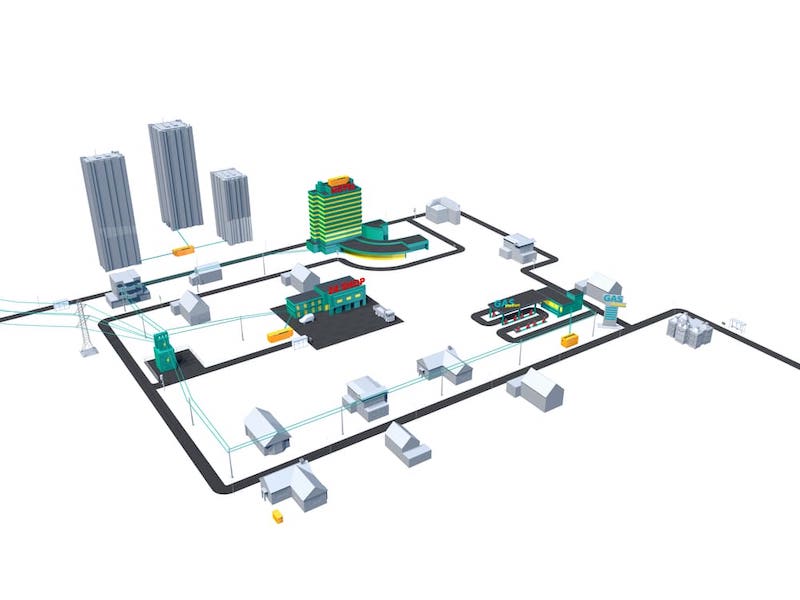
Air quality monitoring
Air pollution is one of the growing global problems. According to a report by the World Health Organization, 7 billion people worldwide die prematurely as a result of indoor and outdoor air pollution. The pollutants in the air are also deadly to human health. Poor air quality has a significant impact on food and vegetation, renewable energy, weather and water. Thanks to innovative and cost-effective IoT sensors, municipalities can monitor the air quality index. In this way, the cause of air pollution can be tracked in real time. Municipalities can take measures to reduce air pollution.
Insights into fleet management
Attention to the different types of fuel and their impact on the environment and air quality has increased significantly. Governments around the world are also placing great emphasis on reducing CO2 emissions. This increases the pressure on fleet operators to optimize their fleet management and make it more environmentally friendly. Vehicle condition, driving behavior, idling times, fuel consumption and location all play an important role in calculating total fleet emissions. With the help of wireless IoT sensors and IoT trackers installed in the fleets, important insights into these metrics can be gained. The data from IoT devices can provide useful insights into vehicle maintenance, improve driving behavior and optimize routes. IoT-Among other things, trackers provide real-time positioning for more responsive and accurate route planning. This ultimately leads to a reduction in pollutant emissions caused by the time the vehicle spends idling in traffic.
Detection of water leaks and water shortages
Oxfam Germany assumes that there will be dramatic shortages in the water supply in many parts of the world. This underlines the importance of solutions that focus on water management and can significantly reduce annual water wastage. Nearly 20 to 30 % of drinking water is wasted due to leaking pipes. Wireless connectivity and IoT sensors have significantly reduced the cost of collecting and analyzing data from various measuring points such as valves, pumps or entire water processes, e.g. irrigation. The installation of IoT sensors for leak detection in facilities or buildings enables the detection of water leaks, the control of water quality and the monitoring of fill levels. The intelligent system can alert facility managers immediately if a sign of a water leak is detected, so that countermeasures can be taken in good time. If these IoT systems are installed on a larger scale, they can reduce water wastage and save the country from a growing water crisis.
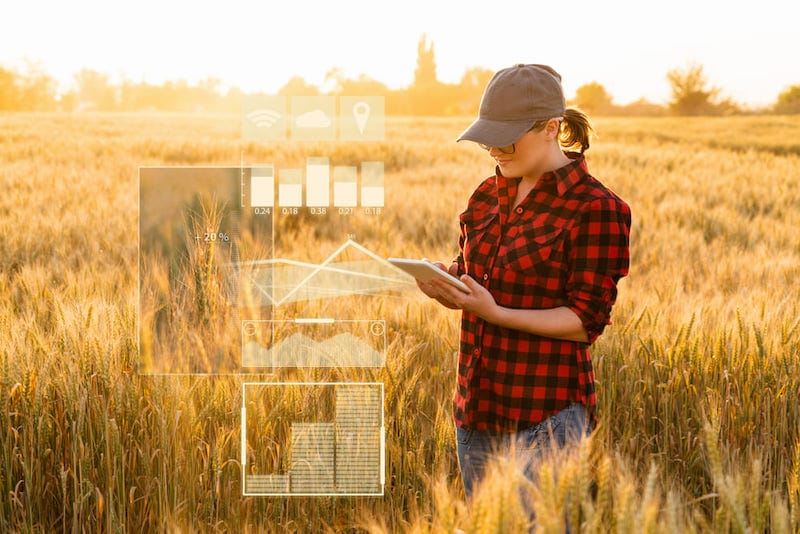
Smart agriculture
The availability of natural resources such as arable land and fresh water is constantly decreasing due to the growing world population. The situation is exacerbated by the low annual yields of staple foods. The solution to meeting the world's food needs lies in the concept of sustainable food production with smart agriculture, which can also reduce the ecological footprint and waste of resources. Smart farming systems based on IoT technologies can help to achieve environmental sustainability. The IoT devices collect data on factors such as soil conditions etc. that contribute to plant growth. Analysis of the collected data provides useful information about various agricultural practices, such as fumigation, fertilization, irrigation and seeding. This data-driven information helps farmers avoid conditions that could affect crop health. In addition, smart farming reduces error-prone and inefficient human intervention and minimizes the use of water, chemicals and other resources. This ultimately leads to a smaller ecological footprint and higher production rates.
Cold chainmanagement
Almost a third of the food produced worldwide is wasted. This means that 1.6 billion tons of food are thrown away every year, which corresponds to a loss of 1.2 trillion dollars. Food also wastes the energy and resources needed to grow, harvest and transport it. These are also environmental problems that need to be taken into account. The reason for these huge losses lies in the inadequate recording of temperature in the food supply chain. Temperature is the most important factor that can affect the quality of food. Incorrect temperature settings can lead to food spoilage and waste. Smart cold chains equipped with wireless IoT sensors can monitor the environmental conditions for the food, such as light intensity, air quality, humidity and, most importantly, temperature. Smart cold chains also ensure that the quality and integrity of the food is not compromised.
Summary
In the past, technology could have a negative impact on the environment. Today, it is helping to make the planet greener. The IoT technologies enable governments, companies and individuals to implement energy-efficient practices, organize processes and use resources responsibly to achieve long-term environmental sustainability.
